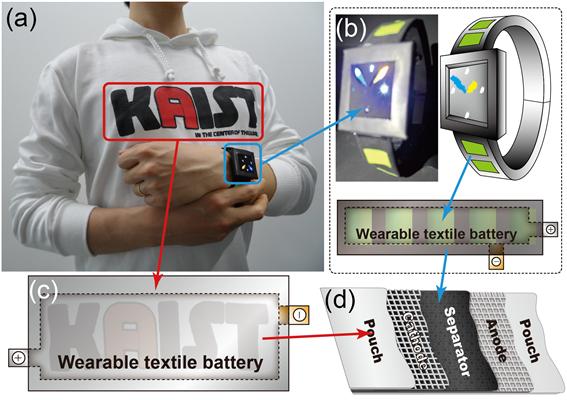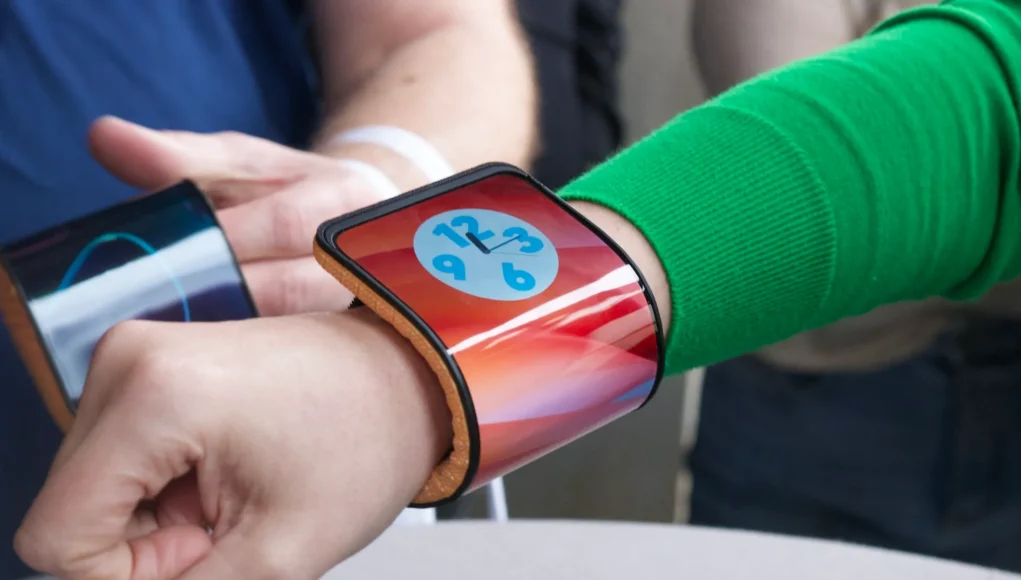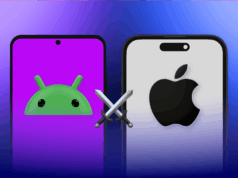Just a decade ago, the idea of folding your phone in half or wearing a computer on your wrist sounded like science fiction. Today, foldable smartphones and wearable technology are not only real—they’re rapidly evolving and reshaping how we interact with digital tools in everyday life.
As we enter the second half of the 2020s, foldables and wearables are no longer niche gadgets for early adopters. They’re becoming central to the next wave of ubiquitous, personalized computing. But where exactly is this tech headed? What are the hurdles and opportunities? Let’s explore the current landscape and what the future may hold.
The Rise of Foldable Tech: Flexibility in Form and Function

Where We Are Today
Foldable devices—smartphones and tablets with flexible screens that bend without breaking—first gained mainstream attention with the Samsung Galaxy Fold in 2019. Since then, the market has matured, with companies like Samsung, Motorola, Huawei, and Google releasing improved versions that are thinner, more durable, and more capable.
There are two main styles:
- Book-style foldables (e.g., Samsung Galaxy Z Fold, Google Pixel Fold): These open like a book to reveal a larger screen inside, effectively combining a phone and tablet in one.
- Clamshell foldables (e.g., Samsung Galaxy Z Flip, Motorola Razr): These fold vertically to become ultra-compact, appealing to users who want pocketable devices.
By 2025, these foldables have made significant strides:
- Durability has improved with tougher ultra-thin glass and better hinge mechanisms.
- App optimization is better, with major platforms adapting interfaces for multi-screen and split-screen use.
- Prices are gradually decreasing, though flagship foldables still command premium price tags.
What’s Next for Foldables?
1. Mainstream Adoption
Expect foldables to become more affordable and widespread by 2026–2027. As manufacturing costs decline and more mid-range options emerge, foldable phones could make up 20–25% of the high-end smartphone market.
2. Rollable and Slidable Displays
Beyond folding, companies like LG, Samsung, and Oppo are exploring rollable screens—devices that expand horizontally or vertically to provide larger displays without hinges. These could offer an even smoother user experience and slimmer design.
3. Hybrid Devices
We’ll likely see more multi-use foldables—phones that turn into tablets, tablets into laptops, or even wearables that fold out into productivity hubs. Imagine a smartwatch that unrolls into a smartphone-sized screen.
4. Better Battery and Camera Integration
Two of the current pain points—battery life and camera placement—will see innovations, such as:
- Flexible batteries that conform to folded shapes
- Under-display cameras that maintain uninterrupted screens
Wearables: From Fitness Trackers to Body Tech

The Current State
Wearables have already made their mark in areas like fitness, health, and communication. Today’s leading devices include:
- Smartwatches (e.g., Apple Watch, Samsung Galaxy Watch, Pixel Watch)
- Fitness bands (e.g., Fitbit, Whoop)
- Smart rings (e.g., Oura Ring)
- AR glasses (e.g., Meta Ray-Ban Smart Glasses)
- Hearables (e.g., AirPods Pro, Bose Frames)
Consumers use them to track steps, monitor heart rates, receive notifications, and even conduct ECGs or measure blood oxygen levels. The Apple Watch alone has revolutionized health monitoring with features that detect falls, arrhythmias, and even early signs of illness.
The Future of Wearables
1. Health Monitoring Goes Deeper
Future wearables will evolve from simple fitness trackers to real-time health assistants. Expect capabilities like:
- Blood glucose monitoring without pricking the skin (a feature rumored for future Apple Watches)
- Continuous blood pressure tracking
- Stress and mood monitoring using biometric signals and AI
- Sleep lab-level diagnostics from devices like Oura and Withings
This level of monitoring could support chronic disease management, mental health tracking, and preventive care at scale.
2. Invisible and Embedded Wearables
The next phase involves less visible, more integrated wearables:
- Smart rings and earbuds already offer discreet data collection
- Smart clothing could embed sensors into fabrics for seamless health and performance tracking
- Eventually, skin-worn patches or even implantable chips may become mainstream in medical settings
3. AR and Mixed Reality Integration
AR wearables are poised to become major players. While early attempts like Google Glass struggled, the 2020s are seeing a resurgence:
- Meta’s AR glasses, in partnership with Ray-Ban, offer voice interaction and real-time photo/video capture
- Apple Vision Pro, while not a true wearable in the smartwatch sense, sets the tone for high-end spatial computing—a blend of digital and real-world environments
In the next 5–10 years, lightweight AR glasses with integrated AI could replace smartphones as the primary interface for digital interaction.
4. AI and Wearable Assistants
Wearables will become proactive digital assistants thanks to on-device AI. Think:
- Voice assistants that understand context and anticipate your needs
- Fitness coaches that adapt workouts in real time
- Health apps that alert you to changes before you notice symptoms
Combined with generative AI, these assistants will feel more humanlike, creating personalized experiences tailored to your body, preferences, and habits.
Challenges Ahead
Despite the promising future, foldables and wearables face some key challenges:
1. Battery Technology

Foldable devices and wearables are constrained by size, limiting battery capacity. Without major advances in battery chemistry or wireless charging, users may still be frustrated by short runtimes.
2. App Ecosystem
For foldables, software optimization is still playing catch-up. Many apps aren’t fully optimized for folding screens or new aspect ratios. Developers must build interfaces that adapt smoothly to dynamic screen states.
3. Privacy and Data Security
Wearables collect highly sensitive data—from location to heart rate to sleep habits. Ensuring that this data is encrypted, anonymized, and stored securely is paramount. Companies will face growing scrutiny and regulation.
4. Form Factor Fatigue
Some consumers may see foldables and wearables as novelties unless they offer clear functional advantages. Devices must deliver tangible benefits—not just new shapes—to gain long-term traction.
Conclusion: A Flexible, Personalized Future
The future of foldable and wearable tech is bright—and bending fast. Foldables are transforming what we expect from mobile screens, offering flexibility, multitasking, and productivity in new ways. Wearables are becoming smarter, smaller, and more embedded into our daily lives, helping us monitor our health, stay connected, and interact with AI in deeply personal ways.
Ultimately, these technologies are converging toward a vision of always-on, personalized computing—devices that adapt to us, rather than the other way around.
In 2025 and beyond, the real innovation won’t just be about bending screens or shrinking sensors. It’ll be about creating tech that feels invisible, intuitive, and indispensable—a true extension of ourselves.




